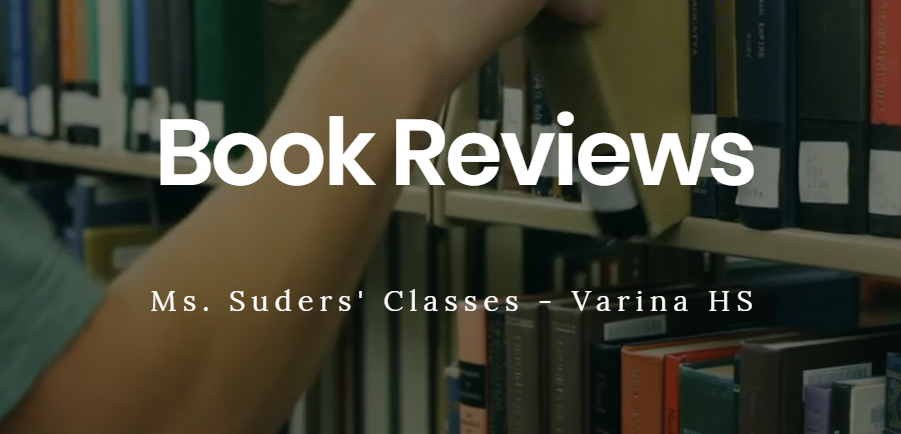Summary
Students will discover the art and science of composting, while working within a budget. First they will research composting using a variety of sources which they will rate and cite. They will also have Q&A session with an expert from the Henrico County Extension office via Skype and will participate in a research lab in the library with our school librarian. After their research, they will begin working in groups to design a composting system for the school. They will choose their own group members, based on who they work well with and who has similar design ideas. They will share their research findings within their group, and each member of the group will take on a role. Roles include (but are not limited to) a person to manage the budget, people to create a diagram of the composting system, a person to list all the necessary parts and materials, someone to organize all the research, and someone to create the presentation. As they work, they will evaluate their projects based on a (real) budget of $750 and a project rubric. Finally, each group will present their project to the class/school. The students will rate each other’s projects using a Google Form (based on the rubric). There will be a winner for best design and for best collaboration. Using the winning design, students and parents will gather on a Saturday to construct the compost system, and the entire school will use it for composting.
TIPC Ratings
This lesson scores in the ideal range in Research & Information Fluency. Students spent two class periods in the classroom and one class period in the library gathering research that they would need to complete the task of building a school composting system. They identified at least four sources. They sited those sources and used a rating scale to evaluate each source. They were given the opportunity to use the search engines SweetSearch and DuckDuckGo, along with monitored use of Google (real world). They were also given the opportunity to check out a number of books on the subject from the library. They shared their findings and made website recommendations with each other in small groups. Groups then used their research to create their own unique compost system designs and to make their presentations. They also chose a tool to present their research to their classmates and the entire school. They were encouraged to do additional research as the project developed and as they needed additional information. The teacher collected their typed composting notes for assessment, but was also able to see how thoroughly they researched based on the quality of their finished projects.
This lesson scores in the ideal range in Communication & Collaboration. Students formed their own groups and selected their own roles in the project. They chose among a variety of tools to share their project. They worked outside of the classroom with the school librarian and Skyped (had a video conference) with an agricultural expert, Lisa Sanderson, from the Henrico County Extension Office. They also had time to consult with their teacher. There was a lot of communication within the small groups. They rated their own group at the end of the project and wrote down what they thought their group did well, what they thought their group could have done better and what they would do differently in the future. They also used Edmodo (a social learning network) to discuss their projects outside of the classroom. They spent time rehearsing their presentation together. Every member had a role in the final presentation that was given in front of the class.
This lesson scores in the ideal range in Critical Thinking & Problem Solving. Students had to ask themselves appropriate questions while researching to decide what type of design they would choose for the school composting system. They had to work within a budget and compare costs from more than one store. They had to decide which digital tool they thought would best illustrate their design concept and which tool would be most useful to express their unique ideas. They heard other groups’ approaches to problem solving, which helped them reflect on the approach they chose. The math involved in finding the dimensions of the system (length of wood, etc), as well as comparing prices and calculating their budget required much analysis and consideration. They also had to use critical thinking and problem solving skills to think of a system that would meet the needs of our school, while keeping the smell to a minimum, keeping animals out, making it aesthetically pleasing, and most importantly, making it a functioning composting system.
This lesson scores in the ideal range in Creativity & Innovation. Students created a product from scratch. They had to use prior knowledge as well as knowledge they acquired during their research to create a composting system for the school. The only parameters imposed on them were: to make sure the compost could spun or turned, that it would be durable, and that it would be secure enough to keep animals out and most smells in. Other than that, they were to complete the design based on their own ideas and ideas generated from their research. They had a $750 budget, which forced them to think creatively in order to work within their limited budget. This project was called Compost Creations because they were the creators of their own design and they were able to see one of their designs come to life!
Download Files
- Lesson Plan (Word)
- Composting Notes for Research (Pages)
- Composting Project Guide (Pages)
- Composting Letter of Introduction
- Compost Slideshow (Keynote)
- Photos of the Process and Project
- Composting Letter of Introduction
- Classroom Blog Link
- Link to Google Form





